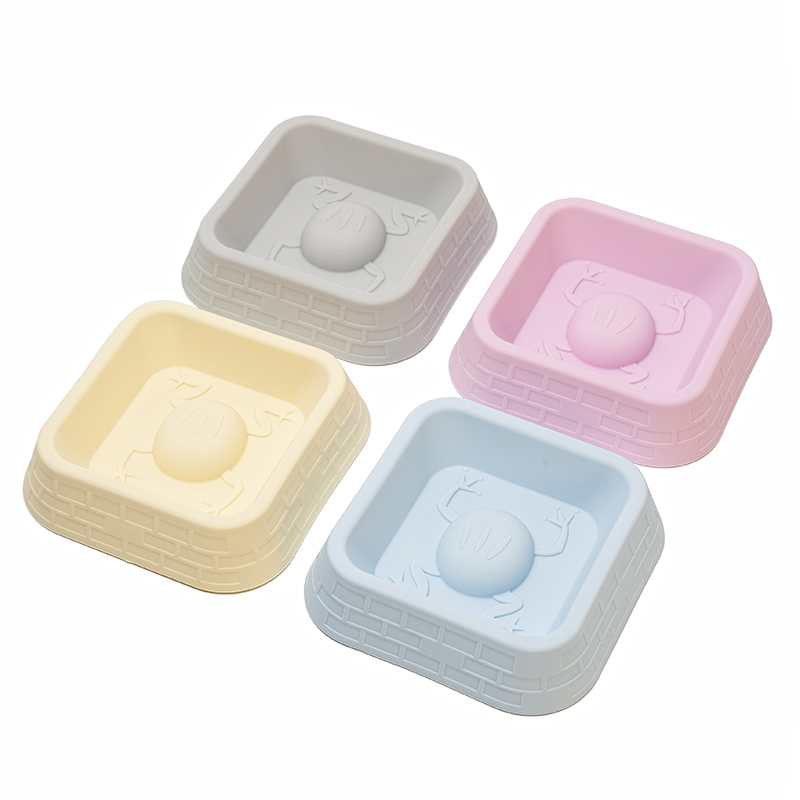For many pet owners, mealtime is a routine part of daily life. However, not all pets eat at a healthy pace. Fast eating can cause a range of health problems, including bloating, vomiting, and poor digestion. This is where a Slow Food Bowl can play a valuable role. Designed to reduce the speed at which pets consume their meals, the Slow Food Bowl encourages better eating habits and supports overall digestive health.
The idea behind the Slow Food Bowl is simple but effective. Instead of a flat surface, the bowl features ridges, mazes, or raised patterns that create obstacles between the pet and their food. These physical barriers force pets to work a little harder and take more time to access their food. As a result, eating becomes a slower, more mindful activity. This change can help prevent common issues such as gulping, choking, and indigestion.

A pet food feeder can also contribute significantly to your pet's eating routine. While the Slow Food Bowl is designed to control the pace of eating, a pet food feeder provides structured and consistent portioning. When used together, they create a balanced mealtime environment that supports both health and behavior.
Many pets, especially dogs and cats, have a natural instinct to eat quickly. In some cases, this behavior may stem from competition with other pets, anxiety, or simply habit. Unfortunately, this habit can be detrimental in the long term. With a Slow Food Bowl, pets learn to take smaller bites and chew their food thoroughly.
Integrating a pet food feeder into your pet's schedule offers additional benefits. For example, automated feeders can be programmed to deliver food at specific times and in precise amounts. This reduces the chances of overfeeding and helps pets maintain a stable weight. When paired with a Slow Food Bowl, the feeder ensures that pets are not only eating at the right times but also at the right speed.
Veterinarians and pet behavior experts often recommend slow feeding as a non-invasive way to address eating-related issues. Whether your pet is prone to overeating or shows signs of digestive distress, using a Slow Food Bowl can help improve their overall well-being. It also adds mental stimulation, as pets must engage their brains to solve the puzzle of accessing their food.
In multi-pet households, feeding routines can be especially challenging. A pet food feeder can help manage individual mealtimes and reduce conflicts during feeding. When each pet has their own Slow Food Bowl, it encourages independent eating and reduces the pressure to rush through meals.
Additionally, the Slow Food Bowl comes in various sizes and designs to suit different breeds and eating styles. Whether you have a small cat or a large dog, you can find a bowl that matches their needs. Similarly, pet food feeders range from basic gravity-fed models to advanced electronic devices, offering flexibility for pet owners with different schedules and preferences.
The combination of a Slow Food Bowl and a pet food feeder can have a meaningful impact on your pet's health and behavior. By promoting slower eating and consistent meal delivery, these tools support better digestion, weight control, and mental enrichment.
If you are looking to enhance your pet’s mealtime experience, consider introducing a Slow Food Bowl and a pet food feeder. These simple changes can make a lasting difference in your pet’s life.


 English
English Español
Español Deutsch
Deutsch

